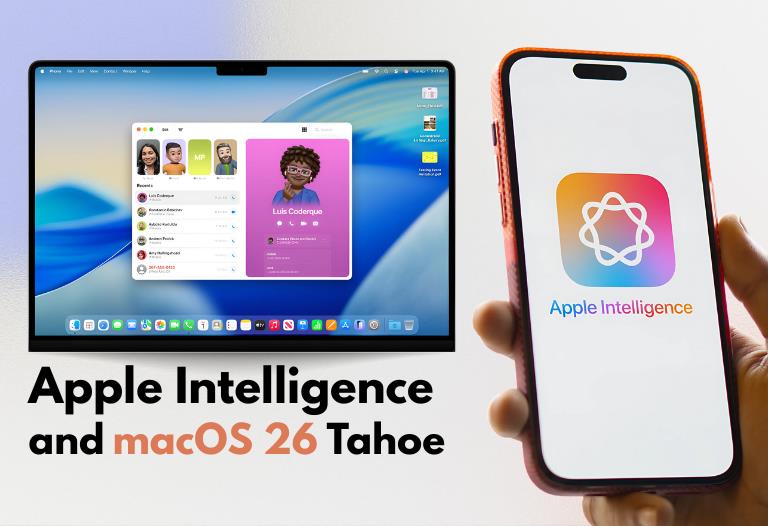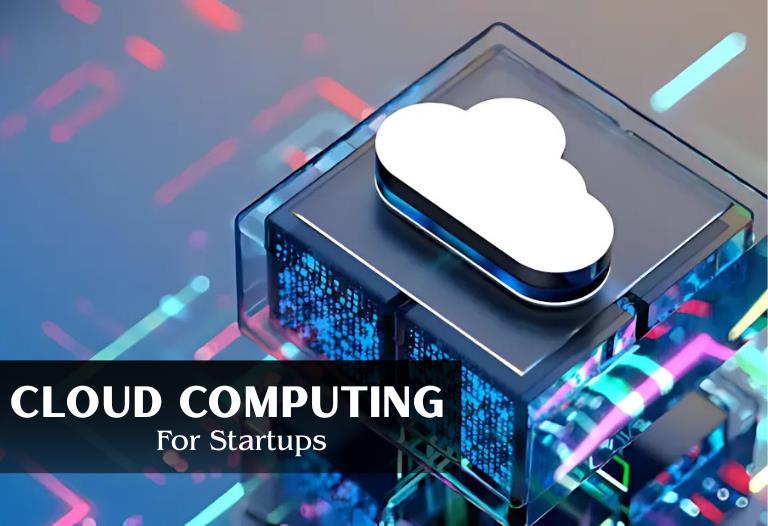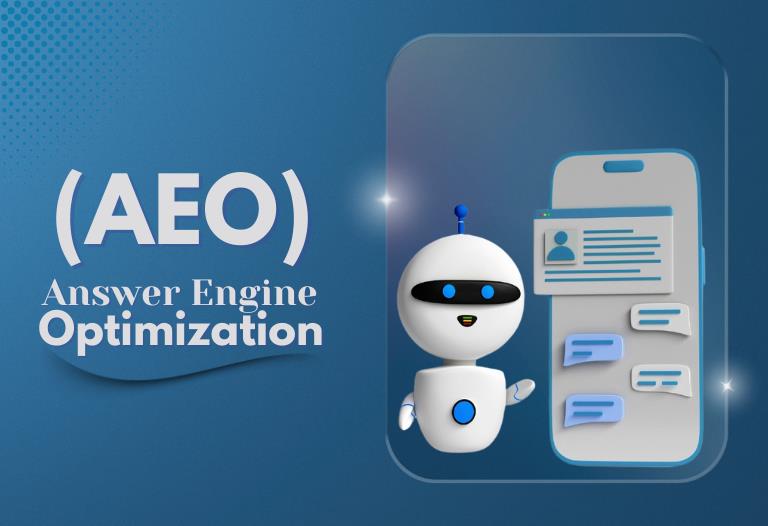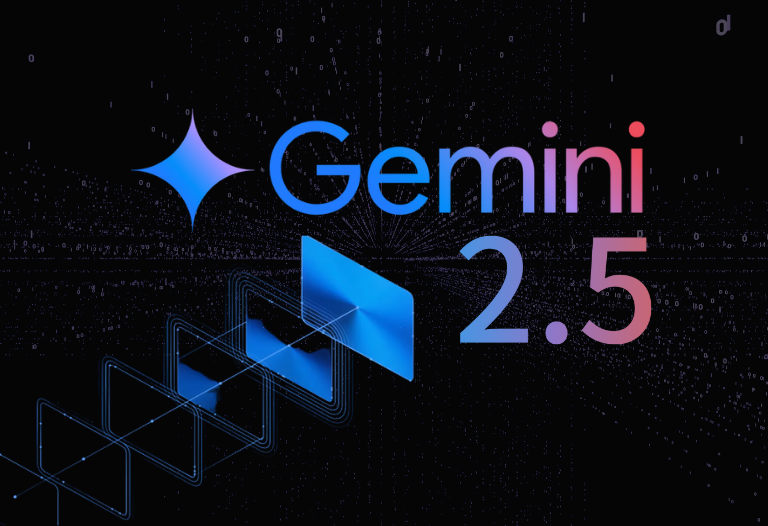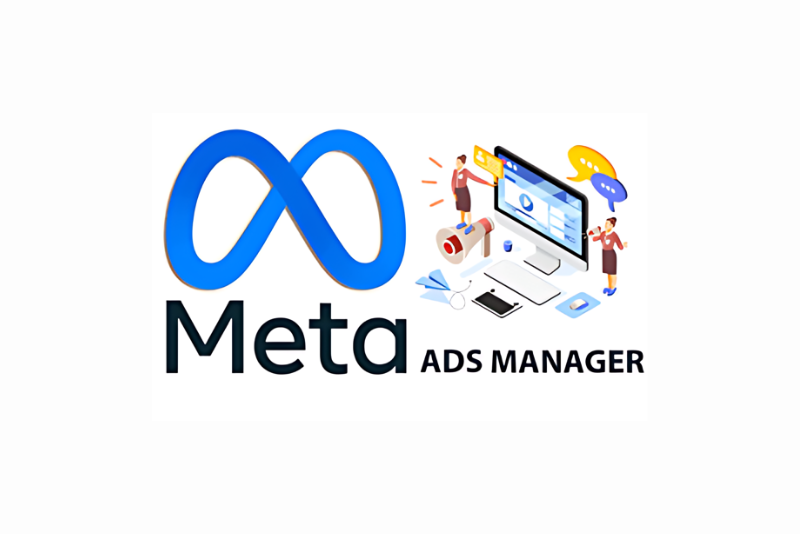Apple has officially entered the generative AI space by introducing Apple Intelligence and macOS 26 “Tahoe” at WWDC 2025. These announcements not only mark a monumental shift in how users interact with Apple devices, but they also open up a new frontier for developers and businesses alike. At Primotech, where we specialize in native iOS app development, we’re excited about what this means for the future of smart, seamless, and privacy-first apps.
Let’s review what Apple’s latest innovations mean for developers, how they affect user expectations, and how businesses can leverage these tools to future-proof their digital products.
Table of Contents
ToggleWhat is Apple Intelligence?
Apple Intelligence is Apple’s new suite of generative AI features and capabilities, deeply integrated across iOS, iPadOS, and macOS. Unlike cloud-heavy solutions from competitors, Apple’s approach leans heavily on on-device processing, offering both speed and privacy.
Some Key Components:
- On-device foundation model (~3B parameters) optimized for Apple Silicon
- Private Cloud Compute: only escalates to the cloud when necessary, with end-to-end encryption
- Integrated across the ecosystem: Messages, Mail, Notes, Safari, Siri, and even third-party apps
This means Apple Intelligence can help users summarize emails, auto-complete messages, generate images or Genmoji, and even enhance Siri’s ability to interact naturally with apps.
Foundation Models Framework
For developers, Apple offers access to its AI backbone via the new Foundation Models Framework.
Key Features:
- Native Swift APIs for interacting with models
- Support for prompt templating, tool calling, and streaming output
- Works offline on Apple Silicon
This is game-changing. With just a few lines of Swift, developers can now add AI features to apps without relying on third-party APIs or compromising user privacy.
Import Foundation Models
let model = FoundationModel(.openAIStyle)
let prompt = “Summarize this article in 100 words.”
let output = try await model.generateText(prompt: prompt)
What’s New in macOS 26 “Tahoe”
macOS 26, codenamed Tahoe, introduces both a design refresh and new user-level features that deeply integrate Apple Intelligence.
Visual & UX Updates:
- Liquid Glass UI: transparent, frosted interface elements, and adaptive colors
- Customizable Control Center: plug in app shortcuts and AI-generated suggestions
- New Spotlight Capabilities: run actions, surface in-app content, and context-aware search
Quote from Alan Dye, Apple’s Vice President of Human Interface Design:

Productivity Features:
- Phone App on Mac: make and receive calls natively
- Live Activities on macOS: track ride shares, food delivery, etc., in real-time
- Improved Notes & Mail: audio transcriptions, smart summaries, and writing assistance
All these features work out of the box, but they also create new touchpoints where third-party apps can extend value. Check the full release notes here!
How This Opens Doors for App Developers
1. Smarter, Personalized User Experiences
- By tapping into Apple Intelligence, apps can now:
- Generate summaries or insights from user data
- Adapt interfaces based on user activity or preferences
- Use natural language for search and in-app queries
2. Voice, Context & Siri Shortcuts
- Apple has made App Intents more powerful. Apps built by Primotech now:
- Respond to Siri commands naturally
- Automate actions using Shortcuts and context triggers
- Offer seamless handoffs between Mac, iPhone, and iPad
3. Visual Generation Tools
Features like Genmoji and Image Playground are now available via API. This is a goldmine for apps in:
- Social
- Design & Creativity
- Messaging
The Developer Advantage: Powered by Xcode 26
Apple Intelligence isn’t just about end-user features; it enhances the developer workflow, too.
With Xcode 26, developers get:
- Built-in AI suggestions for code and UI
- Prompt prototyping for Foundation Models
- Integrated testing and debugging for LLM responses
This speeds up development and helps teams focus more on product thinking rather than boilerplate code.
Why This Matters for Your Business
Whether you’re building an MVP or scaling an existing product, this is the moment to start integrating AI in meaningful ways.
Here’s how we at Primotech are helping clients stay ahead:
AI Feature Strategy
We consult with clients to identify high-impact AI features such as summarization, personalization, and intelligent search, and prototype them using Apple’s on-device models.
Native App Development
We build apps that fully integrate Apple’s latest frameworks: Foundation Models, SwiftUI, Shortcuts, and Live Activities, ensuring they’re fast, secure, and future-ready.
UX/UI Modernization
Our design team aligns your app’s interface with Apple’s new Liquid Glass design principles, ensuring it feels right at home on macOS and iOS.
Privacy-First Architecture
No data ever leaves the device unnecessarily. That’s Apple’s model, and so is ours.
Act Now!
This year is a turning point. Apple has not just caught up to the AI trend; it’s taken a unique and developer-first stance.
- You’re no longer reliant on third-party AI APIs
- You can run generative features directly on user devices
- You can build trust through performance and privacy
At Primotech, we’re already working with early adopters to integrate these innovations into real-world apps. This is your moment if you want to build more innovative, more engaging, and future-proof apps.
Book a discovery session with our iOS team and see how Apple Intelligence can power your next big idea.


